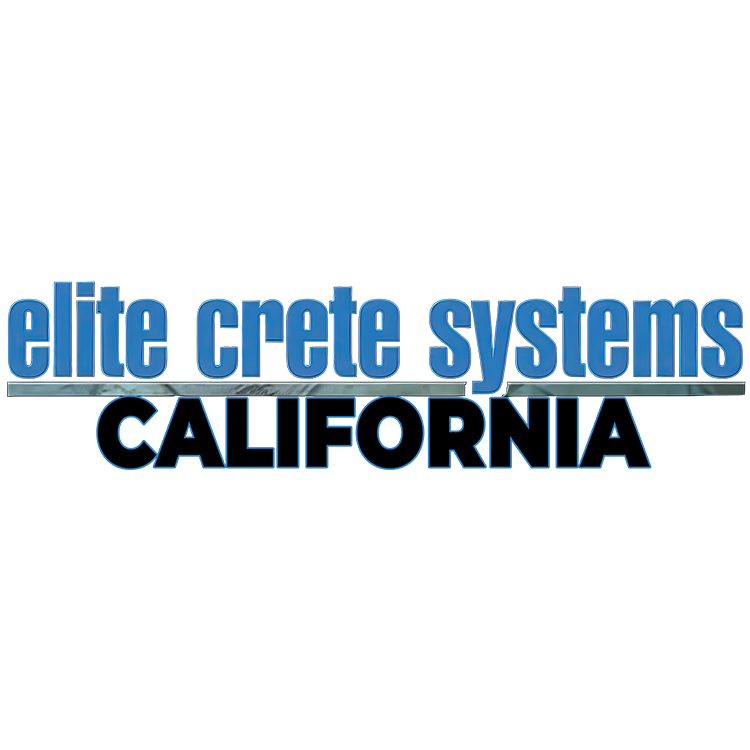The Definitive Guide to Concrete Overlays (Resurfacing): Cost, Types, & Why It Beats Replacement in San Diego
Is your driveway stained, your patio cracked, or your pool deck peeling? Before you spend a fortune on a full tear-out and replacement, consider the game-changing solution trusted by homeowners and businesses across Southern California: Concrete Overlays, also known as concrete resurfacing.
A concrete overlay is a thin, durable, polymer-modified cement layer applied directly over your existing concrete slab to restore its appearance and strength. It's the most cost-effective and versatile way to give old concrete a brand-new look.
This ultimate guide breaks down everything you need to know about getting the perfect concrete overlay for your San Diego property, including costs, types, and when to choose resurfacing over replacement.
What is a Concrete Overlay (Concrete Resurfacing)?
A concrete overlay is a special blend of cement, sand, polymer resins, and other additives applied to the surface of structurally sound but aesthetically compromised concrete. Applied at a thickness ranging from a credit card thin layer (micro-topping) up to a quarter-inch or more, it adheres strongly to the existing slab, acting as a fresh canvas.
Key Applications in Southern California:
Patios & Pool Decks: Enhancing aesthetics and adding texture for slip resistance.
Driveways & Walkways: Repairing surface imperfections and protecting against weather and stains.
Interior Floors: Creating custom, seamless, decorative concrete floors.
Commercial Surfaces: Revitalizing worn entryways and high-traffic areas.
Concrete Overlay vs. Concrete Replacement: Which is More Cost-Effective?
Concrete Overlay (Resurfacing)
Project Cost:
Concrete Overlay (Resurfacing) Significantly Lower. Eliminates expensive tear-out and disposal fees
Full Concrete Replacement Highest Cost. Includes labor for demolition, removal, new material, and pouring.
Project Timeline:
Concrete Overlay (Resurfacing) Faster. Quick installation with minimal disruption
Full Concrete Replacement Slower. Requires excavation, pouring, and a long curing time.
Types of Concrete Overlays: Choosing Your Perfect Finish
The term "concrete overlay" covers several different systems, each designed for a specific look and function.
Stamped Concrete Overlay (Most Popular Decorative Option):
What it is: A thicker polymer-modified overlay that is applied and then stamped with flexible polyurethane mats while it’s still wet.
Result: Perfectly mimics the texture and pattern of materials like natural stone, brick, slate, or even wood planking, without the high cost.
Micro-Topping / Skim Coat:
What it is: An extremely thin overlay (often "credit card thin") used for aesthetic purposes.
Result: Ideal for interior floors, creating a smooth canvas for staining, coloring, or polished finishes. It's used to hide minor surface imperfections.
Self-Leveling Overlay:
What it is: A high-build material applied at a thickness of 1/4 inch or greater that flows out to create a level, smooth surface.
Result: Excellent for correcting concrete that is slightly out of level before applying a final decorative finish.
Concrete Overlay vs. Stamped Concrete: Clarifying the Difference
A common confusion is the difference between a concrete overlay and stamped concrete. Here is the simple distinction:
Concrete Stamping uses thick, freshly poured concrete (often 4+ inches deep) and presses patterns into it.
Stamped Concrete Overlay uses a thin, polymer-rich resurfacing mix applied over existing concrete, and then patterns are pressed into the overlay layer.
The stamped overlay is the ideal solution for clients who want the beautiful look of natural stone without demolishing their old patio or driveway.
What is the Concrete Overlay Cost in San Diego and California?
The price of concrete resurfacing typically ranges from about $4.50 per square foot to $25 per square foot. However, the cost of your final concrete overlay project will depend on three major factors:
Cost Factor Description & Impact
1.Design Complexity $3 to $7/sq. ft.: Basic overlay with one color stain or a simple scoring pattern. $6 to $20+/sq. ft.: Stamped overlays, elaborate designs, or multi-color finishes.
2.Surface Preparation If your concrete has existing glue, coatings, or cracks, extensive cleaning, grinding, and crack repair will be necessary, which increases the labor cost. Cracks must be filled before application.
3.Project Size & Location Larger projects often receive a reduced price per square foot. Installation in major cities or areas with difficult access (like a challenging backyard) can increase fees.
When considering concrete overlay cost, remember that the long-term benefits—durability, low maintenance, and enhanced property value—significantly outweigh the initial investment.
Why Choose a Local Southern California Specialist?
While DIY concrete resurfacing kits exist, applying and finishing a polymer-modified overlay is better left to the pros [3.1]. In areas like San Diego, choosing a local expert ensures:
Proper Moisture Testing: High-quality installation includes testing the concrete substrate for moisture to prevent delamination.
Experience with Local Conditions: Professionals understand how UV radiation and coastal conditions in Southern California affect material choice and sealing.
Guaranteed Longevity: When properly installed and maintained with a sealer, a concrete overlay can last 8–15 years.
Ready to Revitalize Your Concrete?
Don't let cracked or stained concrete drag down your property value. Concrete overlays provide a cost-effective, versatile, and durable solution to give your surfaces a stunning, long-lasting makeover.
Ready to see the difference concrete resurfacing can make for your patio, driveway, or pool deck?
Click here to contact us for a free estimate on your concrete overlay project!
